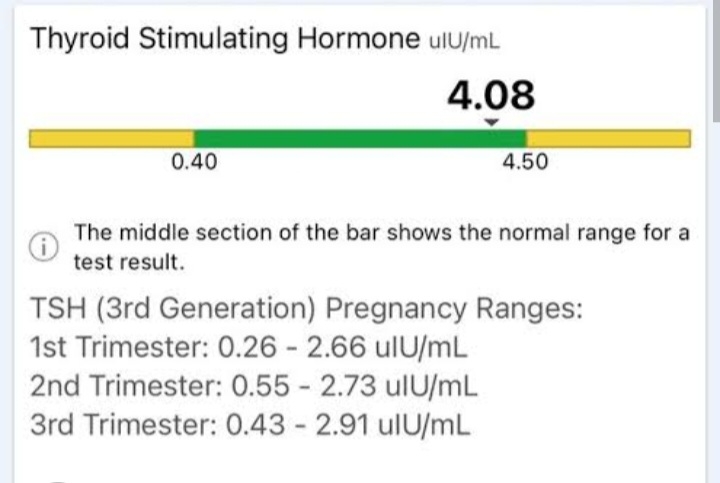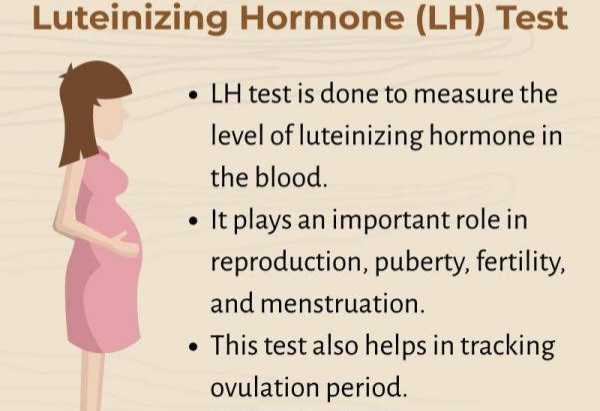Your thyroid is a small, butterfly-shaped gland at the base of your throat. It makes two hormones, T3 and T4 (thyroxine). Hormones are chemical messengers in your bloodstream that control the actions of certain cells or organs.
Thyroid hormones work together to control the way your body uses energy. They affect your weight, heart, body temperature, muscle strength, and even your mood. In children, thyroid hormones affect growth, too.
There are two forms of T3 in your blood:
• Free T3 is the active form that enters your tissues where it's needed.
• Bound T3 is attached to certain proteins which prevent it from entering your tissues. Most of your T3 is bound.
There are different tests for measuring T3:
• A total T3 test measures both bound and free T3 together. Medical experts think that this test is the more accurate way to measure T3.
• A free T3 test only measures free T3.
Other names: thyroid function test; total triiodothyronine, free triiodothyronine, FT3, TT3, radioimmunoassay FT3
What is it used for?
A T3 test is used to help:
• Diagnose hyperthyroidism, a condition in which your thyroid gland makes too much thyroid hormone. The test can also help find out what's causing the condition.
• Diagnose pituitary disorders. The pituitary is a pea-sized gland at the base of your brain. It makes a hormone called TSH (thyroid stimulating hormone). TSH tells the thyroid how much T3 and T4 to make. So, abnormal T3 levels may be a sign of a pituitary problem.
• Monitor treatment for thyroid disease, including hyperthyroidism and hypothyroidism, which is when the thyroid gland makes to little thyroid hormone.
T3 tests are usually ordered with blood tests that measure T4 and TSH (thyroid stimulating hormone) tests.
Why do I need a T3 test?
You may need a T3 test if you have symptoms of hyperthyroidism (too much thyroid hormone). Symptoms may include:
• Anxiety, nervousness, irritability
• Weight loss, even though your appetite may increase
• Shaky hands, muscle weakness
• Sweating or being very sensitive to heat
• Irregular heartbeat (arrhythmia)
• Frequent bowel movements (poops)
• Goiter (an enlarged thyroid gland)
• Trouble sleeping and fatigue
You may also need a T3 test if:
• You take thyroid hormone medicine to treat a thyroid problem. A T3 test can check whether you're taking the right dose to keep your thyroid hormone levels in a healthy range.
• You had abnormal results on a TSH and/or T4 test. Providers usually order these tests first to look into a possible thyroid disorder. If your test results are abnormal or unclear, your provider may use a T3 test to confirm or rule out hyperthyroidism.
T3 testing isn't commonly used to help check for hypothyroidism (too little thyroid hormone). That's because other thyroid tests can diagnose hypothyroidism earlier than a T3 test.
What happens during a T3 test?
A health care professional will take a blood sample from a vein in your arm, using a small needle. After the needle is inserted, a small amount of blood will be collected into a test tube or vial. You may feel a little sting when the needle goes in or out. This usually takes less than five minutes.
Will I need to do anything to prepare for the test?
You don't need any special preparations for a T3 blood test. Certain medicines and supplements can affect your test results. Your provider will let you know if you need to stop taking any medicines before your test. But don't stop taking any medicines unless your provider tells you to.
Are there any risks to the test?
There is very little risk to having a blood test. You may have slight pain or bruising at the spot where the needle was put in, but most symptoms go away quickly.
What do the results mean?
To understand the results of your T3 test, your provider will usually compare them with the results of your TSH and T4 tests. Like T3, T4 tests may measure either free or total T4, but providers usually measure free T4.
Your provider will look for different combinations of high, low, and normal results. Each combination suggests a different thyroid condition. Ask your provider to explain what your test results say about your health.
In general:
• Normal T3 levels (free or total) alone do not rule out thyroid disease. But if your TSH and free T4 levels are also normal, you probably don't have a thyroid condition.
• High T3 levels (free or total) may mean you have hyperthyroidism (too much thyroid hormone).
High T3 levels with:
• Low TSH and high free T4 levels may mean that a problem with your thyroid gland is causing too much thyroid hormone.
• Normal or high TSH and high free T4 levels may mean that a pituitary gland condition is causing too much thyroid hormone.
• Low T3 levels (free or total) may mean hypothyroidism (too little thyroid hormone).
Low or normal T3 levels with:
• High TSH levels and low free T4 levels may mean that a problem with your thyroid gland is causing too little thyroid hormone.
• Low TSH and low free T4 levels may mean that a pituitary gland condition is causing too little thyroid hormone.



















